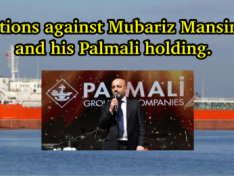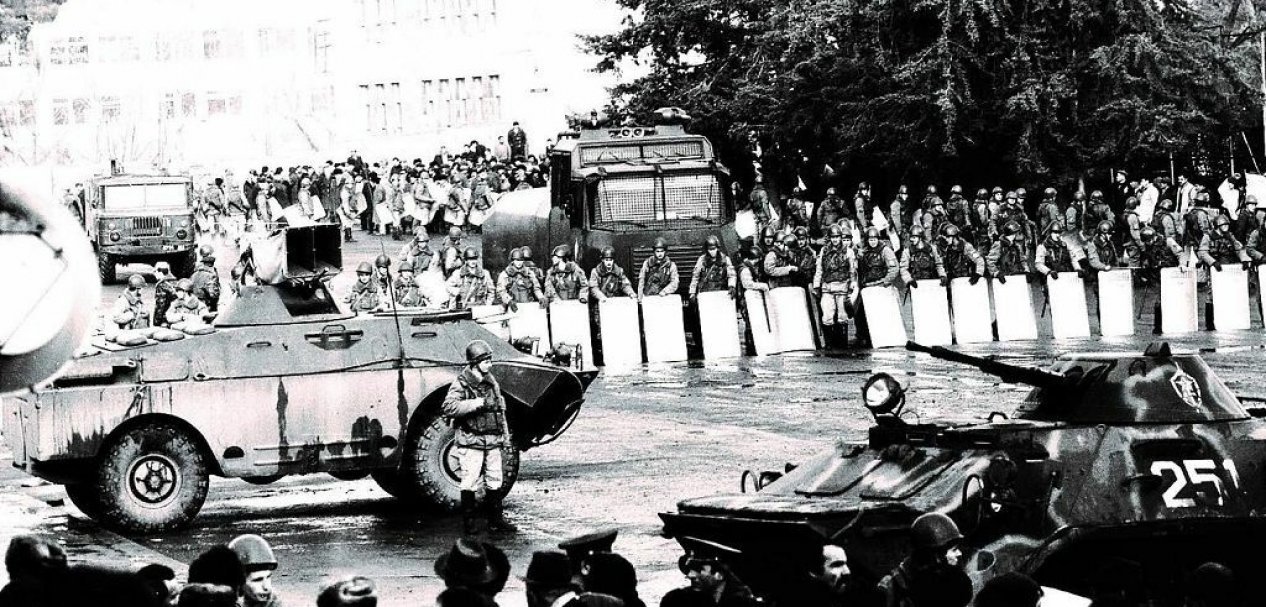
“I believed that reaching an agreement on the status of Nagorno-Karabakh is the issue of Armenians and Azerbaijanis, and the role of the union center is to help them normalize the situation, especially in solving economic problems. I’m sure it was the right line. But neither the party, nor the party structures or the intelligentsia could find a way to agreement or dialogue. Events escalated. At the end of February 1988, blood was shed in Azerbaijan’s Sumgait city,” said the first and last president of the former USSR, Mikhail Gorbachev, when speaking about the roots and further development of the Karabakh conflict. In his statement, he tried to emphasize that the Karabakh conflict began after the events in Sumgait.
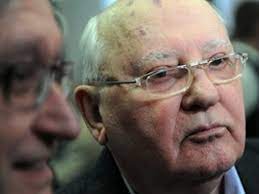
First of all, it should be noted that this is not the first time that Gorbachev has voiced the opinion that the roots of the Karabakh conflict are connected with the events in Sumgait. In general, the essence of the events in Sumgait was radically distorted with the support of Mikhail Gorbachev.
Vladimir Putin: There were ethnic clashes in Sumgait city, then events spread to Nagorno-Karabakh
In fact, many processes took place before the events in Sumgait. Gorbachev also directly and indirectly participated in and supported these events.
Of course, going back to the past, we can remind that the Armenian chauvinist Zori Balayan’s territorial claims against Azerbaijan were made in his book “Hotspot” published in 1981 in Armenian in Yerevan and in 1984 in Moscow in Russian. In addition, on April 24, 1983 (the day of the so-called ‘Armenian genocide’ - ed.) Armenian extremists attacked the Gafarov family during an Azerbaijani wedding party in the Masis region of Armenia (former Zangibasar - ed.), killing four and injuring dozens of Azerbaijanis. A criminal case wasn’t opened in connection with this bloody incident.
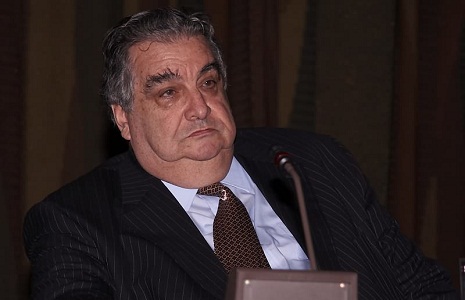
However, the chronicle of the events that took place after the election of Mikhail Gorbachev as Secretary General of the Central Committee of the Communist Party of the Soviet Union allows us to clearly see the processes leading up to the events in Sumgait.
Let’s start with the fact that Abel Aganbekyan, an adviser to Mikhail Gorbachev, the General Secretary of the Central Committee of the Communist Party of the Soviet Union, was the one who spread the idea of annexing the former Nagorno-Karabakh Autonomous Oblast (NKAO) to Armenia. He made a statement to the L’Humanité newspaper in Paris in October 1987 regarding the annexation of Nagorno-Karabakh to Armenia. This opinion of Aganbekyan was published in the November 18, 1987 issue of the newspaper. The point is that this interview given by Aganbekyan at the Intercontinental Hotel in Paris served as a signal for the start of many processes, and most importantly, the territorial claims of the Armenians over Nagorno-Karabakh.
Aganbekyan brought up the idea on October 21, 1987, just a few days after the resignation of Heydar Aliyev, a member of the Politburo of the Central Committee of the Communist Party, First Deputy Chairman of the USSR Council of Ministers. Political scientists say this was not accidental. If Heydar Aliyev remained in office, Armenians wouldn’t dare to take such an initiative.
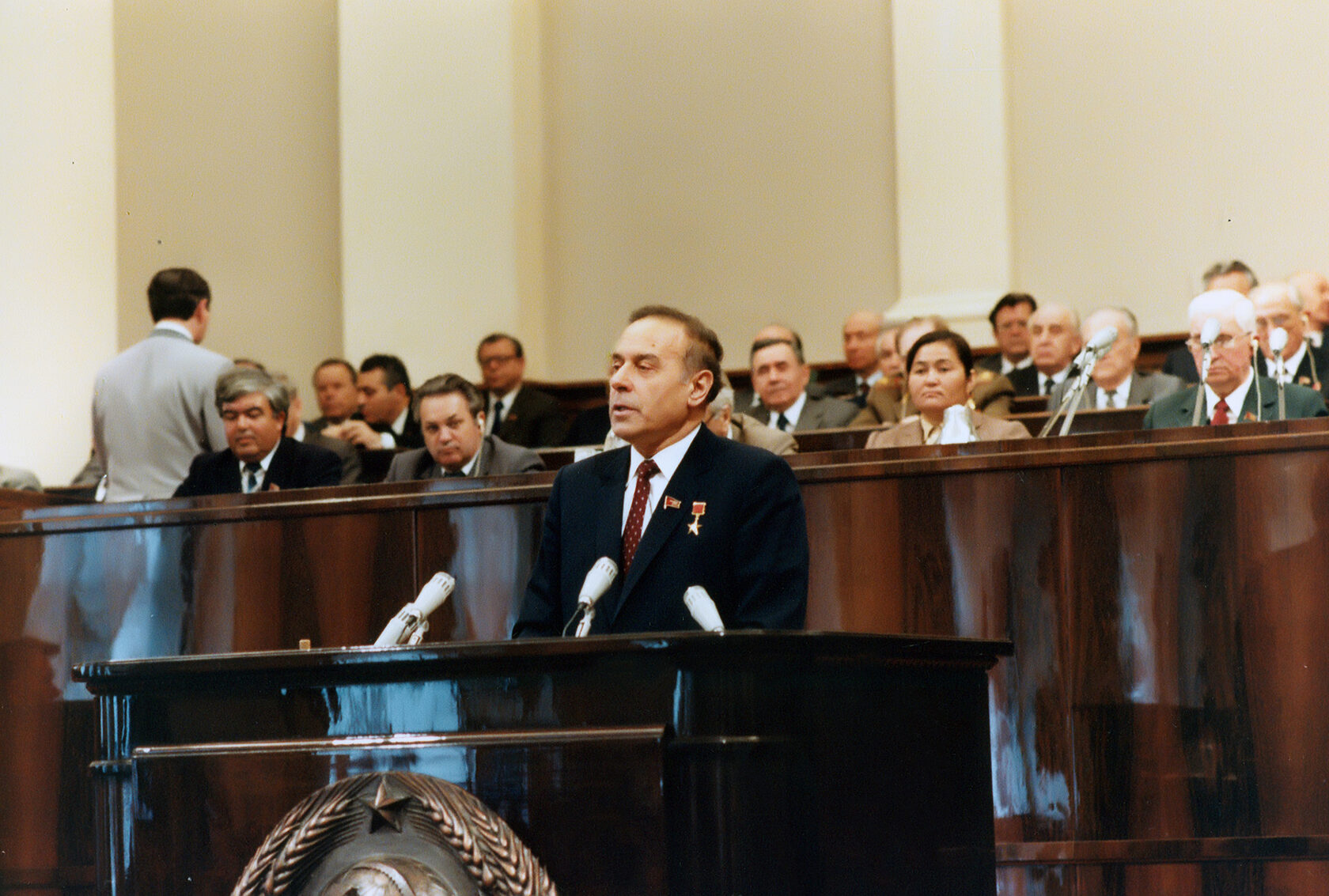
From the end of 1987, the expulsion of Azerbaijanis living in Armenia from their historical lands began. On January 25, 1988, the first Azerbaijani refugees expelled from Gafan and Mehri regions of the Armenian SSR arrived in Azerbaijan. In the first stage, more than 4,000 Azerbaijanis left these regions. By the way, more than 250,000 Azerbaijanis living in Armenia were forcibly expelled from their historical lands in 1988-1989. According to official figures, 216 of them were brutally killed and 1,154 were injured. Well-known Russian writer Alexander Prokhanov described the expulsion of Azerbaijanis living in Kapan city by the Armenians in an interview with Rossiya 1 channel.
In February 1988, the active phase of Armenia’s territorial claims against Azerbaijan began. Specifically, on February 8, 1988, Armenian nationalists launched a new signature collection campaign in Khankendi demanding the incorporation of Nagorno-Karabakh into the Armenian SSR. The first demonstrations on Karabakh were held on February 13 in the central city Khankendi (then Stepanakert - ed.).
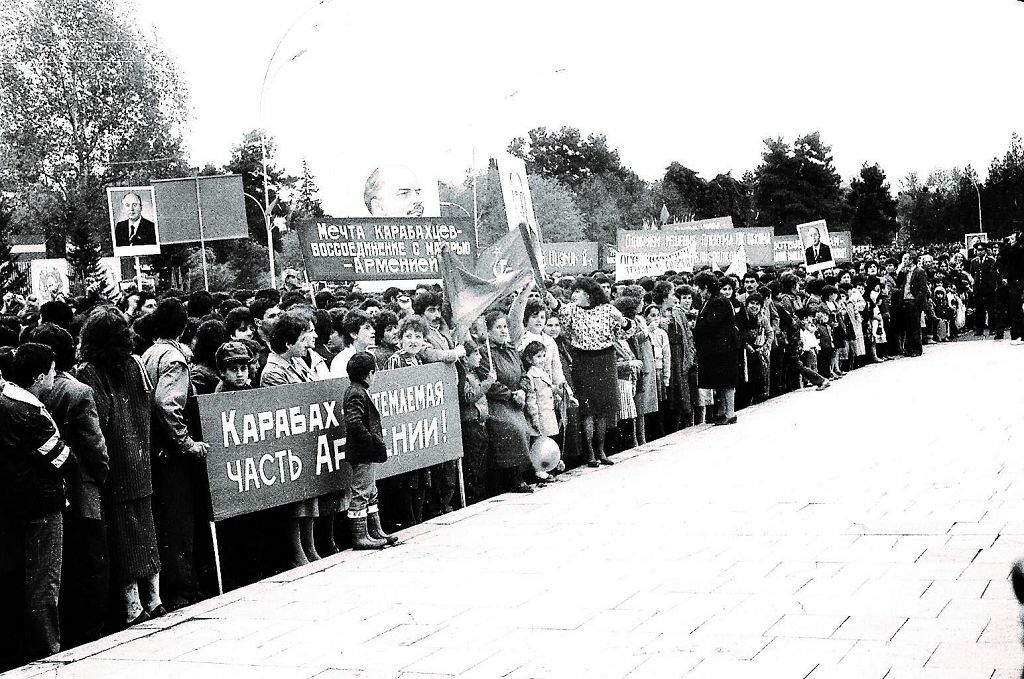
The rallies have become more intense since February 16. Before that, Mikhail Gorbachev spoke about the need to reconsider the issue of national relations in the USSR and supported the implementation of the Armenian plan. Armenian deputies of the Nagorno-Karabakh Soviet of People’s Deputies took the opportunity to hold a meeting on February 20 (Azerbaijani and other nationalities did not attend the meeting) and voted in favor of the proposal to unite the region with the Armenian SSR. It was decided to submit a petition to the Supreme Soviets of the Azerbaijani SSR and the Armenian SSR. On that eve, mass rallies started in Yerevan.
On February 22, 1988, the Armenians took up arms. Thus, they opened fire on peaceful Azerbaijanis protesting against the decision of the Council of People’s Deputies of Nagorno-Karabakh near the settlement of Askeran on the Khankendi-Aghdam highway. As a result, two young Azerbaijanis named Ali and Bakhtiyar were killed.
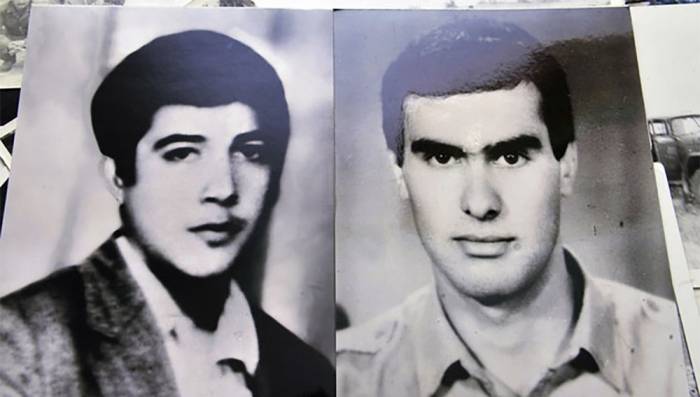
This fact is reflected in the book ‘KGB and the government’ by Philip Bobkov, First Deputy Chairman of the State Security Committee (KGB) of the former USSR (1985-1991). The author notes that the fact remains that the first victims were Azerbaijanis, and the first blood was shed by Armenians at the beginning of the conflict.

The events in Sumgait began a few days later, or more precisely, on February 27. As for the essence of the events of February 27-29, from the first days of the investigation, the assumption was that the victims were Armenians and the culprits were Azerbaijanis, but the testimony of witnesses and archival materials of the USSR KGB prove otherwise. Witnesses testified that the organizers of the riots were unknown people in ‘black cloaks.’

In particular, Vladimir Kalinichenko, a member of the initial investigation group of the USSR Prosecutor’s Office, and Vladimir Lebedev, chairman of the Sumgait branch of the State Security Committee of Azerbaijan, acknowledged in their interviews that the Sumgait events were organized by the USSR State Security Committee. The fact that the operation was organized from Moscow is confirmed by the fact that Eduard Grigoryan, a direct participant in the events, was sent to Armenia and released from prison there, while he was legally sentenced to serve his term in the territory of the Azerbaijani SSR.


